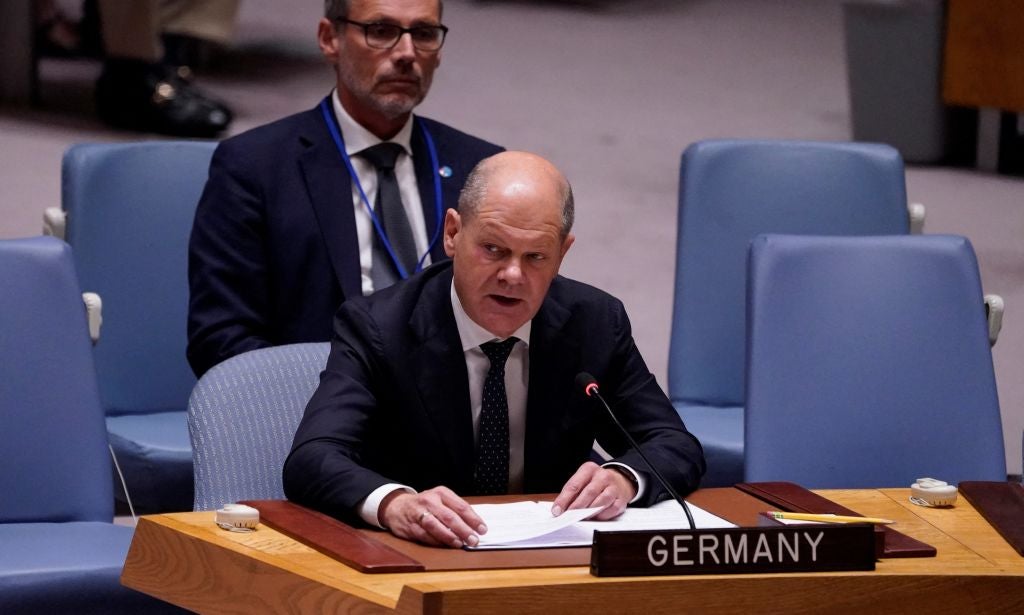Therapy inclisiran (formerly ALN-PCSsc) is currently being developed by The Medicines Company and Alnylam Pharmaceuticals. It specifically targets the PCSK9 messenger ribonucleic acid (mRNA), inhibiting protein synthesis.
PCSK9 is already a proven lipid-lowering therapeutic target, as has been demonstrated by pivotal studies of monoclonal antibodies (mAb) Amgen’s Repatha and Sanofi / Regeneron’s Praluent. Despite the results of Phase III studies of Repatha and Praluent, uptake has been extremely limited, which has been put down mainly due to pricing. Both drugs come with a price tag of around $14,000 per year.
However, GlobalData anticipates inclisiran will offer a more cost-effective treatment option for patients, as the drug requires only biannual / triannual dosing. This enables The Medicines Company to undercut the price of the expensive mAbs.
PCSK9 binds to LDL receptors on the surface of hepatocytes, leading to internalisation and degradation. This reduction of cell-surface LDL receptors limits the liver’s ability to remove LDL-C from the circulation, leading to high LDL-C levels. The mAbs bind to PCSK9, inhibiting the protein’s ability to bind to the receptor, maintaining cell surface LDL receptor levels and enabling the continued filtration of LDL-C from the blood. Inclisiran has the same overall effect as the mAbs, but this drug exerts its function in the PCSK9 synthesis pathway, inhibiting production of the protein itself.
Inclisiran Phase II studies
Inclisiran is a synthetic 21-23mer oligonucleotide, which consists of several modifications to prevent degradation and enhance liver uptake. These features boost potency and minimise toxicity, respectively.
See Also:
The Phase II ORION-1 study aimed to investigate the safety and tolerability of inclisiran, as well as its ability to reduce LDL-C levels in patients with hypercholesterolemia. A total of 497 patients were enrolled in this study and followed up to 90 days. Of the patients, 189 were followed up to 180 days or more.
How well do you really know your competitors?
Access the most comprehensive Company Profiles on the market, powered by GlobalData. Save hours of research. Gain competitive edge.

Thank you!
Your download email will arrive shortly
Not ready to buy yet? Download a free sample
We are confident about the unique quality of our Company Profiles. However, we want you to make the most beneficial decision for your business, so we offer a free sample that you can download by submitting the below form
By GlobalDataPatients were randomised to receive either one or two subcutaneous doses of inclisiran. Within these groups, patients received either placebo or 200mg / 300mg / 500mg inclisiran for one dose. Of the patients who received one dose, significant and sustained PCSK9 and LDL-C lowering was observed up to day 90 (p < 0.0001), regardless of the concentration received.
Patients who received a single dose of 300mg showed LDL-C reductions of 51% from baseline at day 90. In the cohort of patients who received two doses of 300mg, a further reduction in LDL-C levels was seen after the second dose, which was sustained to day 180, corresponding to a 57% reduction in LDL-C levels from baseline. Inclisiran was shown to be well tolerated and the most commonly observed adverse event was injection-site reaction.
Launch of the PCSK9 mAbs marked an important turning point in how dyslipidemia is treated, offering patients a highly efficacious option to lower LDL-C levels. Despite this, uptake of the PCSK9 mAbs has been extremely modest, which highlights the strong influence payers and pricing have over drug use. Due to this, there is a significant disconnect between patients who are eligible for treatment based on regulatory approval and those who are eligible for reimbursement. This results in very few patients receiving PCSK9 mAbs.
If inclisiran continues to be well tolerated and efficacious in Phase III studies, GlobalData anticipates that the drug will bridge this gap, providing a more cost-effective treatment option. In addition, as it only requires triannual / biannual dosing, there is less burden on the patient and this could lead to improvements in patient adherence, which is a chronic problem in the dyslipidemia space.
The promising results presented by Professor Kausik Ray at the AHA meeting highlight the continued advancements being made in the dyslipidemia field. The future clinical development plans of inclisiran are highly anticipated. GlobalData expects to see continued efficacy of the drug. However, the dyslipidemia field is highly competitive, particularly the PCSK9 space, which recently witnessed the discontinuation of Pfizer’s mAb, bococizumab.
By adopting a strategic pricing model, inclisiran will be able to establish itself in the dyslipidemia treatment algorithm. By providing a cost-effective, highly efficacious therapy, the drug has potential to make these clinical advancements accessible to a wider proportion of patients, not just those who can afford it.
Related report
PharmaPoint: Heart Failure – Global Drug Forecast and Market Analysis to 2025
GlobalData estimates sales of HF therapeutics to be approximately $3.2B across the 7MM in 2015, encompassing the US, 5EU, and Japan. The HF market will grow at a strong CAGR of 13.5% over the forecast period, reaching sales of $11.5B by 2025. The 7MM chronic HF market size in 2015 was $3.1B, and is expected to increase to $10.1B by 2025 at a CAGR of 12.7%.








Related Company Profiles
The Medicines Co
Alnylam Pharmaceuticals Inc
Amgen Inc
Pfizer Inc